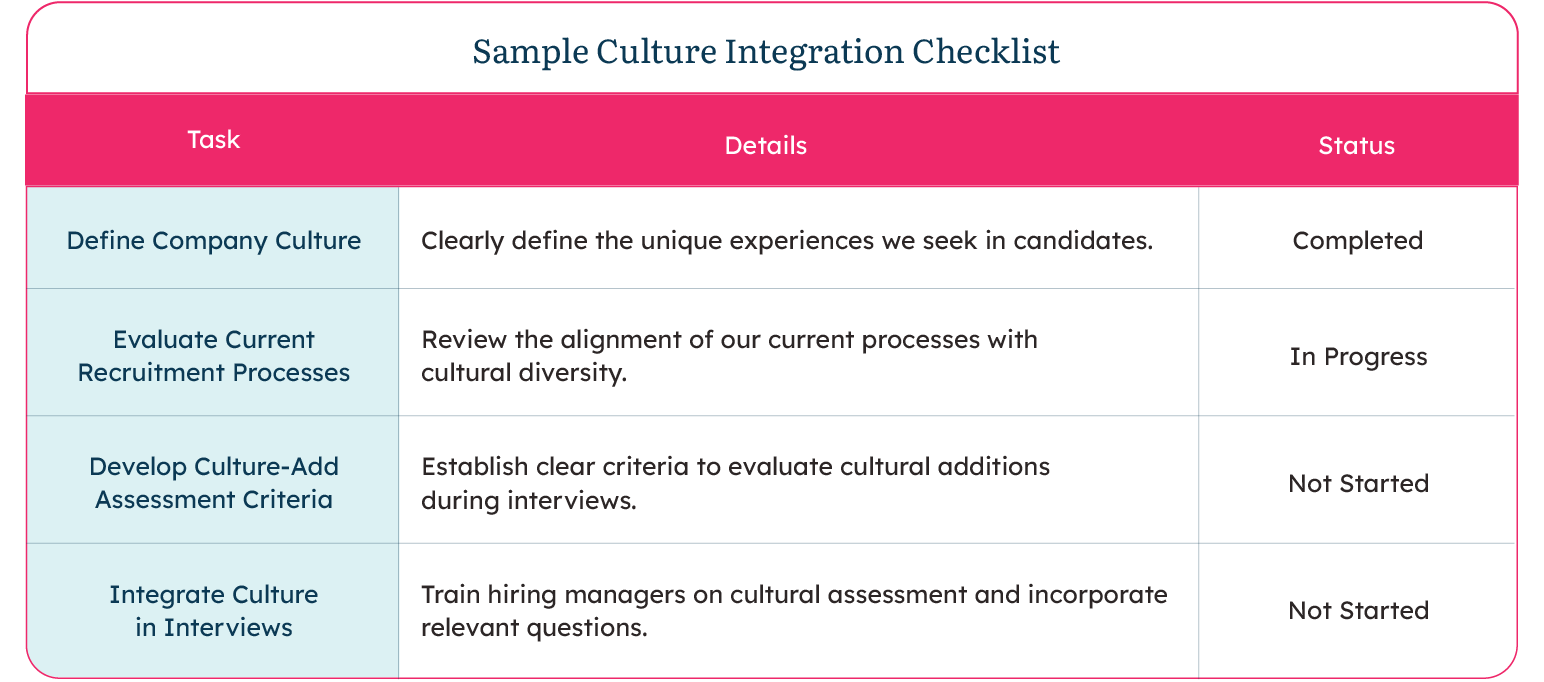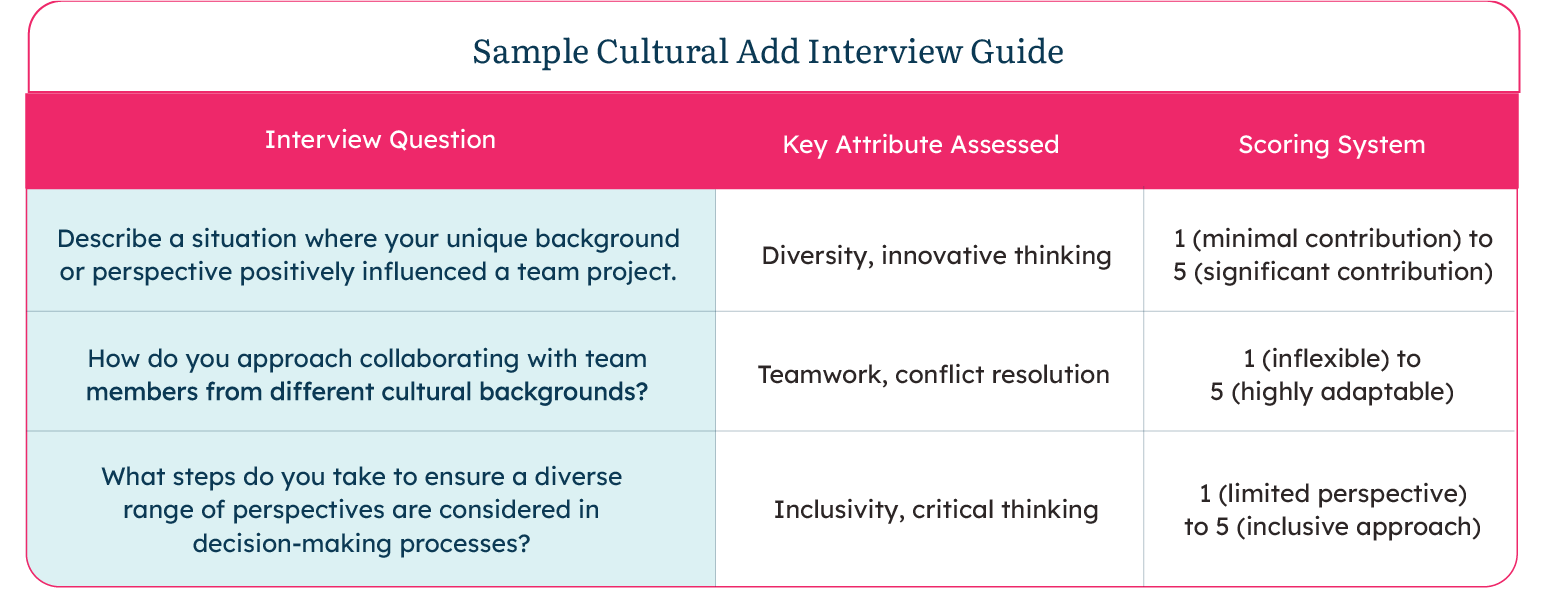ChatGPT is the hot new thing in tech — and for (mostly) good reason! Launched back in November 2022, ChatGPT is an artificial intelligence chatbot designed to generate human-like text based on given prompts. Already, savvy professionals across a wide variety of industries are leveraging ChatGPT to supercharge their content generation, improve the efficiency of their work, and get more done.
As recruiters, what excites us about ChatGPT is its potential to change the way companies execute and manage their hiring processes. From generating job descriptions and interview questions to enhancing personalized communications with candidates, there are so many ways ChatGPT can make life easier for recruiters — if you know how to use it responsibly (more on that below).
So if you’re wondering how ChatGPT can transform your recruiting efforts, here are three practical applications you can experiment with right now — and one important word of caution.
1. Generating Compelling Job Descriptions
Despite recent skepticism, job descriptions are still essential to recruiting. However, they can be a beast to write for employers and a slog to read for candidates, especially when they’re over-stuffed with bland buzzwords or unnecessary information. But with some help from ChatGPT, you can quickly generate and refine job descriptions that stand out and entice your desired candidates
Perhaps one of the greatest benefits of ChatGPT is its ability to get you from a blank page to a workable draft fast. Simply provide ChatGPT with bulleted lists of role responsibilities, qualifications, and desired skills, then ask it to write a job description based on that basic information. Within seconds, you have a first draft that would’ve taken much longer to write otherwise.
Now you can start giving ChatGPT some specific prompts to really refine your job description. Here are a few tips to try:
-
Tailor job descriptions to a target audience. Have a list of characteristics you want in a desired candidate? Feeding that information to ChatGPT can produce a job description that positions the role in a way that’s attractive to candidates who exhibit the traits you’re looking for.
-
Incorporate industry terminology. If you’re recruiting for a more technical position or a role in a specific industry, you can ask ChatGPT to adjust your job description so that it incorporates the language and vocabulary common to that field.
-
Highlight company culture and benefits. Once you have your first draft, consider giving ChatGPT additional information about your company’s culture, work environment, benefits, and growth opportunities. With this information, ChatGPT can adjust the job description to emphasize the unique aspects of your company and attract candidates who align with your mission and values.
-
Nail down your structure and formatting. In addition to generating content, ChatGPT can help you organize it as well. All you have to do is paste your job description and ask ChatGPT to help improve the structure and formatting to make it more clear. ChatGPT can then assist in making it more organized with appropriate headings, bullet points, and more.
-
Ensure appropriate use of gender-inclusive language. We all have blind spots. ChatGPT can help you catch them. Simply ask ChatGPT to take your final draft and adjust it to use more gender-inclusive language.
2. Creating Screening and Interview Questions
If your current bank of interview questions feels stale or if you’re hiring for a more specialized role and new to generate some new questions altogether, ChatGPT can be a great resource.
Generate and Refine Your Questions
To get started, prompt ChatGPT with a job description and ask it to generate a list of screening questions that evaluate a candidate’s fit based on the role responsibilities and required skills provided. The list of questions you get may sound a bit generic (ChatGPT isn’t Hemingway, after all), but it gives you a good starting point for further refinement.
For instance, you can ask ChatGPT to adjust the questions to assess for skills relevant to a particular industry or job level. Ask for a list of interview questions for someone interviewing for a role as a senior software engineer, and ChatGPT will generate questions related to technical expertise, collaboration and teamwork, project management, and so much more!
Check For Issues Related to Diversity and Inclusion
According to a 2022 report from Lever about the impact of diversity, equity, and inclusion (DEI) in the hiring process, nearly half of the employees surveyed believe their race, gender, or ethnicity has prevented them from landing a job. This kind of discrimination can be especially prevalent in interviews, where a lack of standardization and careful review can lead to interview questions that reflect implicit biases. You can address this issue with ChatGPT by inputting your list of interview questions, then asking ChatGPT to identify and eliminate any potentially biased language. This is a quick and easy step that can have a big impact on your ability to create an inclusive and equitable environment for every interview, which will only help in finding the best possible candidates.
Develop Solid Evaluation Criteria
ChatGPT can also go beyond general interview questions to helping you develop specific criteria for evaluating candidates. First, give ChatGPT a short description of the role. Then provide any key performance indicators (KPIs) or other desired competencies relevant to the role. Finally, ask ChatGPT to create a list of questions for the role that would assess those particular criteria. This helps make your evaluation of candidates even more targeted.
3. Enhancing Personalized Candidate Communications
Managing candidate communications well requires a bit of a tightrope walk. Automate too much of the process and your emails and feedback will sound cold and robotic. Try to do too much manual personalization and the process balloons into something unmanageable.
Smart use of ChatGPT can help you walk that fine line, delivering a memorable candidate experience while still saving time and energy that can be spent elsewhere. Here are some tasks and processes you can improve with ChatGPT’s assistance:
-
Customized email templates. By providing context like a candidate’s name, the position applied for, and specific company or job opening details, ChatGPT can generate personalized email templates that maintain a human touch. These templates can be used to cover initial outreach, interview scheduling, and more.
-
Candidate engagement and follow-ups. Have an influx of candidate questions as you move through the recruitment process? ChatGPT can help speed things up. By inputting a candidate’s question or request for more information, you can quickly generate a fairly thoughtful response that can then be edited to include more specific information to help meet the candidate’s needs.
-
Candidate feedback and rejection messages. Writing a rejection message is never easy, but you can lighten the load by using ChatGPT to help generate the initial message. You’d be surprised how empathetic some of ChatGPT’s responses can sound. With a further round of polishing, you can provide thoughtful, timely feedback that leaves candidates feeling respected and enhances your employment brand.
-
Autoresponders and chatbots. While chatbots run the risk of feeling cold and missing an important human element when answering candidate questions, some companies are using ChatGPT to build chatbots that can provide more personalized responses. If you currently use a chatbot as part of your recruitment process, consider integrating ChatGPT to improve your candidate experience. By training ChatGPT on information about your application process, interview timelines, or benefits package, you can help your chatbot offer a seamless candidate experience by delivering instant and accurate responses.
Understanding the Limitations of ChatGPT
Okay, we’ve touched on a LOT of incredible use cases for how ChatGPT can transform your recruiting efforts. Clearly, this is a powerful tool that will only continue to grow and become integrated into the day-to-day operations of many businesses.
But it’s not all sunshine and rainbows. ChatGPT has some very clear limitations that can open your business to serious risk if you don’t know how to use the tool wisely. With that in mind, let’s explore some of these drawbacks.
-
Lack of real-world knowledge and inability to verify information. As an AI language model, ChatGPT’s knowledge is based on the data it was trained on, which has a cutoff date of September 2021. ChatGPT does not have direct access to the internet or the ability to browse and retrieve current information. Additionally, according to OpenAI, the creators of ChatGPT, “ChatGPT sometimes writes plausible-sounding but incorrect or nonsensical answers.” Therefore, fact-checking is super important when using ChatGPT.
-
Inability to handle complex or ambiguous questions. With ChatGPT, the quality of the text it generates depends on the quality of the prompt it receives. With a simple, straightforward request, ChatGPT is great at generating a coherent, relevant response. But with more complicated or unclear prompts, ChatGPT can struggle to provide a meaningful response. This can lead to frustration for both recruiters and candidates.
-
Potential for biased or inappropriate content. It’s important to exercise caution regarding biased or inappropriate content that may appear in ChatGPT’s responses. The model learns from the data it is trained on, and any biases present in that data can show up in the content you generate using ChatGPT.
What do all of these limitations have in common? They all highlight how crucial human oversight is when using ChatGPT. While ChatGPT is incredibly useful for generating initial drafts and speeding up the writing process, human review is a vital step in the process to ensure the generated content is accurate, appropriate, and aligns with your company’s branding and values.
Final Thoughts
We’re already 1,500 words into this post, and there is still SO much more we could say about ChatGPT and recruiting. The list of tips we’ve shared here is not exhaustive, but hopefully it gives you plenty of ideas to get started using ChatGPT in your own hiring process.
With any new tool like this, experimentation is key. So start tinkering and see what works for you! And be sure to follow us on social media to get more insights about how to improve your recruiting process with ChatGPT, as well as other tools and resources.




